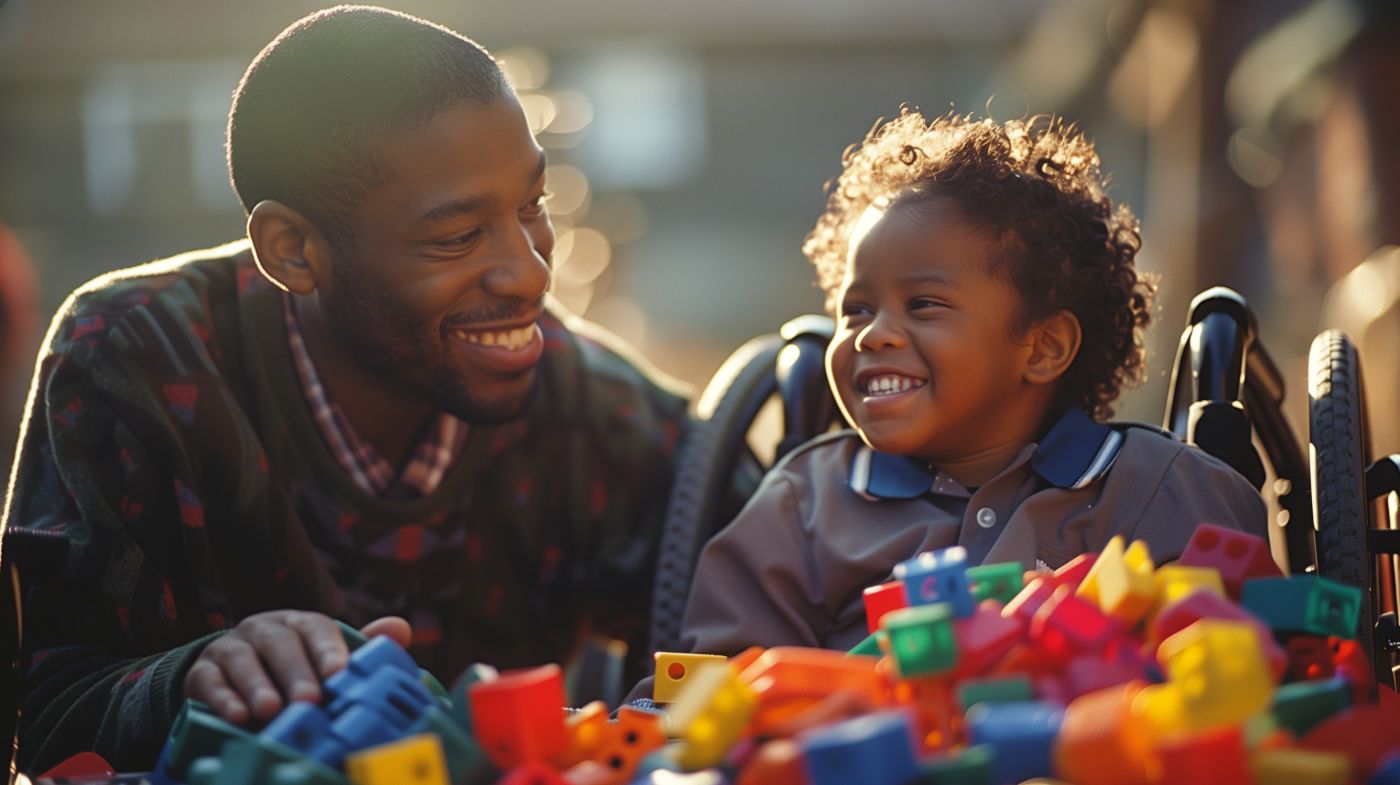There are more bilingual children in New York City schools this school year than in years past, and some of these children need special education services because they are not fluent in English.
Speaking English and being literate in English is a necessity in many aspects of U.S. society, so bilingual students must receive the support they need to obtain fluency. Unfortunately, many of these children are not receiving the services they are entitled to.
Bilingual Children’s IEPs Not Being Followed
As of the end of the 2021-2022 school year, 36% of children in New York City were designated to receive bilingual special education services this school year. This included services such as being taught by a bilingual educator, small group instruction outside the classroom and a proper student-teacher ratio.
However, of the children entitled to bilingual special education, almost two-thirds did not receive the services they were entitled to under their individualized education program (IEP). To put the matter into perspective, 88% of children with IEPs in New York City schools did receive the services they were entitled to under their IEP.
Why the Failure to Meet IEPs?
A variety of reasons are cited for the schools’ failures to meet bilingual students’ IEPs. For example, now that the pandemic has ended more bilingual students have re-entered the school system.
In addition, an increase in asylum seekers has meant more non-English speaking students have entered the public school system. Also, parents who are not fluent in English may not understand their rights as explained in English or written in their child’s IEPs.
Still, New York City schools are responsible for satisfying the IEPs of all students in need of special education, including bilingual students. This ongoing failure to meet the IEPs of bilingual students in New York City deserves attention, and parents should be aware of their rights should their child’s IEP not be followed.


